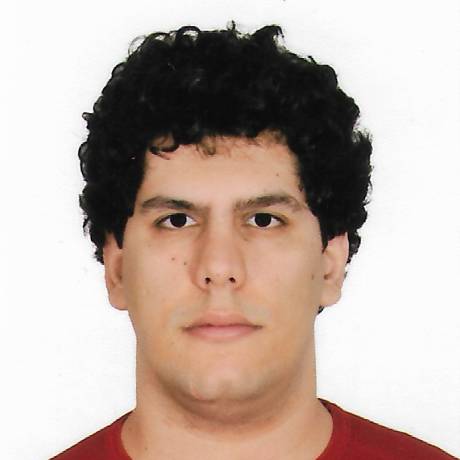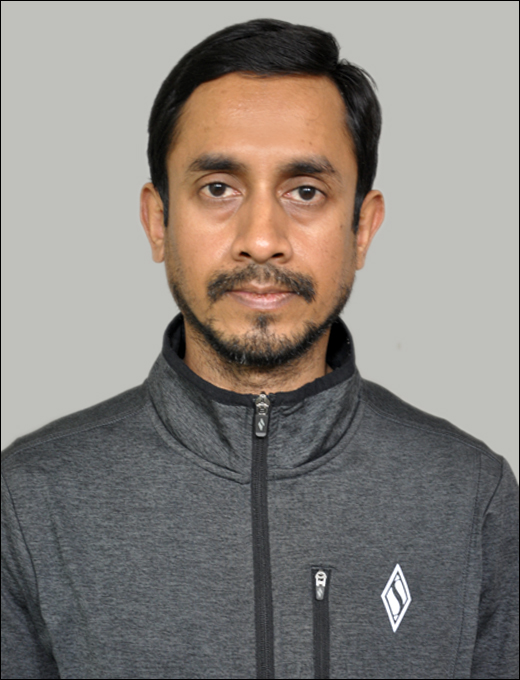NeuroML Editorial Board#
An elected board of editors has been formed to manage the NeuroML specification development process. The editorial board consists of five members, elected by the NeuroML community. The editors are responsible for producing and maintaining the official documentation for the NeuroML language, and work in collaboration with the Scientific Committee who provide oversight and guidance.
Due to the close link between the development of NeuroML 2 and LEMS, this group is also responsible for producing a stable specification for the subset of LEMS used by NeuroML 2.
Current Editorial Board#
The five current members of the NeuroML Editorial Board are:
Padraig Gleeson
Boris Marin
Sotirios Panagiotou
Subhasis Ray
Ankur Sinha
Ankur Sinha and Subhasis Ray were elected for three year terms in 2024 (2025–2027). Padraig Gleeson, Boris Marin and Sotirios Panagiotou were elected for three year terms in 2022 (2023–2025).
Information on past editors and elections can be found here.
Procedures#
The procedures for election of the editorial board, its responsibilities, size and activities were heavily inspired by other initiatives like SBML, that have had successful editorial teams for many years. The COMBINE initiative seeks to promote community developed standards in computational biology, and the NeuroML editorial board will work with this initiative to ensure best practices in specification preparation.
Responsibilities of NeuroML Editors#
Their main responsibilities are:
Defining and documenting the procedure for specification production: scope, release frequency, update procedures, form of specification (web based or single pdf, etc.). This should be based on some or all of the recommendations for community based standards development from the COMBINE initiative. These procedures for specification production will have to be agreed with the Scientific Committee.
Preparing the core specification for the NeuroML language.
Testing reference implementations of NeuroML compliant applications.
Preparing a specification for the LEMS language. This can be a subset of the language supported by the reference implementations in Java (jLEMS) and Python (pyLEMS), but will have to cover all of the LEMS elements required to specify the ComponentType definitions for NeuroML 2.
Responding to community queries about the specification.
Establishing a procedure for incorporating major changes into the specification (in cooperation with the Scientific Committee).
Participation in the editorial board will be on a volunteer basis, there is no central funding to support this work.





